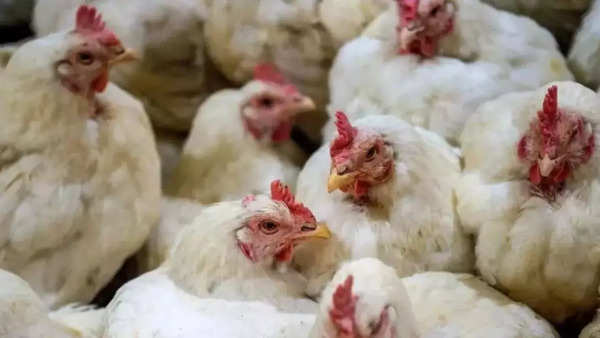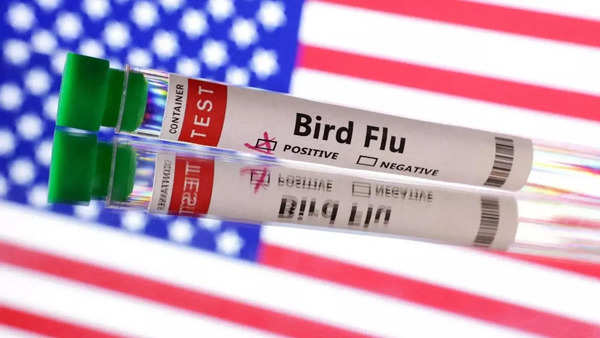- News
- lifestyle
- health-fitness
- health-news
- First US case of rare H5N9 bird flu reported; Difference between H5N1 and H5N9
Trending
First US case of rare H5N9 bird flu reported; Difference between H5N1 and H5N9
The United States has reported its first H5N9 bird flu outbreak in California, affecting almost 119,000 ducks. Both H5N9 and the more common H5N1 strains were found. The USDA is conducting investigations and enhanced surveillance, highlighting H5N1's higher human risk compared to H5N9, which is rarer and less transmissible to humans.
The United States has confirmed its first outbreak of the H5N9 bird flu in poultry. The new strain was detected on a duck farm in California. The more common H5N1 strain was also found on the same farm in Merced County, California, said US authorities. Almost 119,000 birds on the farm had been killed by Dec 2, they said in a report to Paris-based WOAH.
“This is the first confirmed case of HPAI H5N9 in poultry in the United States,” the US Department of Agriculture said in the report to the WOAH.
“The USDA Animal and Plant Health Inspection Service (APHIS), in conjunction with State Animal Health and Wildlife Officials, are conducting comprehensive epidemiological investigations and enhanced surveillance in response to the HPAI related events,” it added.
The bird flu scare intensifies

Bird flu or Highly pathogenic avian influenza (HPAI) has become a global concern of late due to its many outbreaks in poultry, and dozens of mammal species including dairy cows in the US.
The virus has been detected in 84 commercial and backyard flocks in the last month, with 10.7 million birds on those sites, according to the latest online data released by the US Department of Agriculture.
H5N9 vs H5N1: What's the difference?
Over the years, H5N1 strain of avian influenza has done most damage compared to H5N9 which is rarer. Human infections with H5N1 virus have been reported in 23 countries since 1997, resulting in severe pneumonia and death in about 50% of cases, according to CDC.

H5N1 has a higher risk of causing severe illness in humans, while H5N9 is a rarer strain and doesn't cause a great risk to humans. H5N9 is usually detected in poultry populations only.
H5N1 is more readily transmissible to humans compared to H5N9. Human infections with avian influenza viruses are usually mild.
H5N9 is a rarer subtype with limited detection in avian populations. This is the first outbreak of H5N9 in poultry in the United States.
People infected with avian influenza should receive treatment with flu antivirals (oseltamivir) as soon as possible.
(Pic courtesy: iStock)
End of Article
FOLLOW US ON SOCIAL MEDIA
Visual Stories
Tired of too many ads?go ad free now










